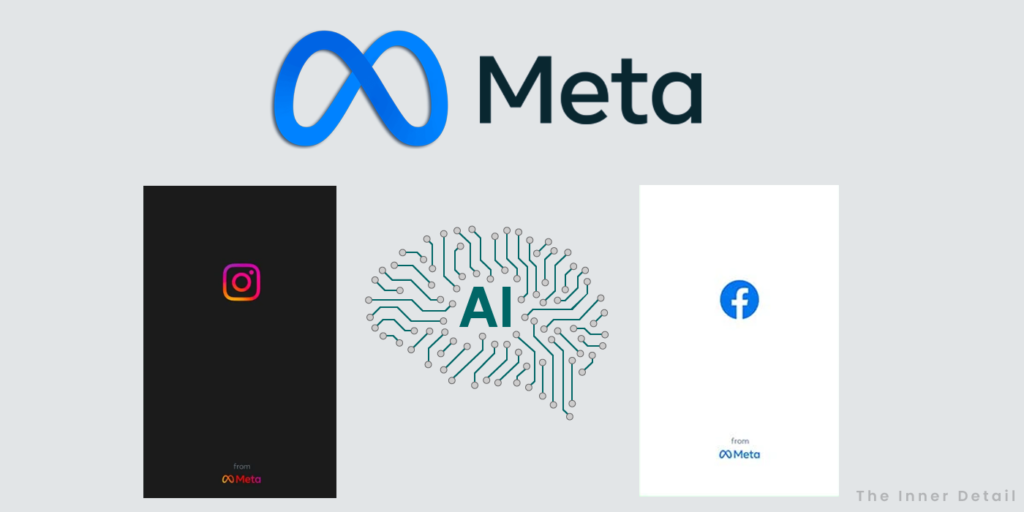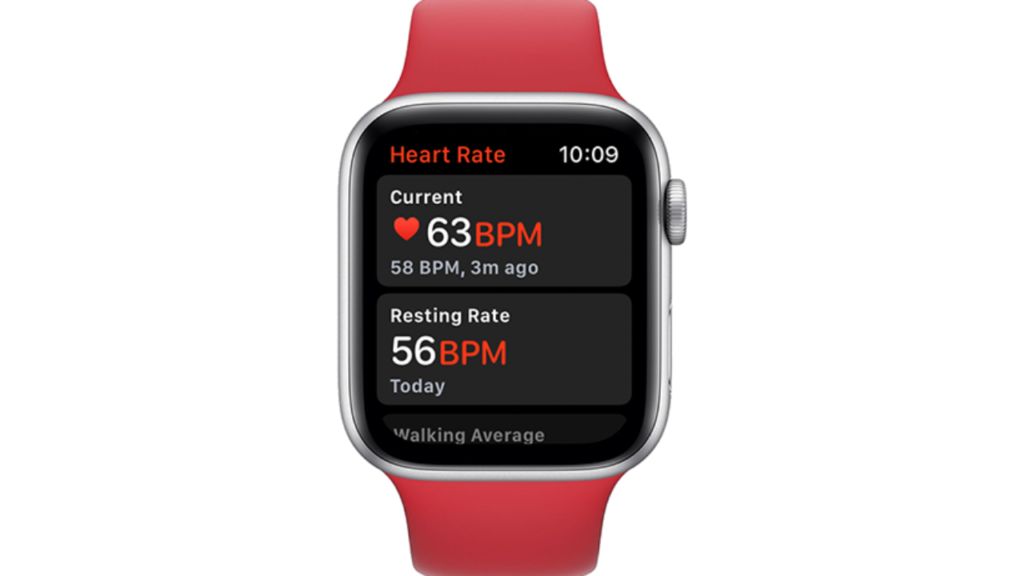Meta has recently shared in detail how it uses AI technology to predict what you like and feed you appropriate content on Facebook and Instagram, making the apps inclusive and interesting for you.
Ever watched a reel or post that felt so relatable to you or with what’s going on in your life? It’s not a coincidence, but the AI of the app. Meta holds three of the top five social-media apps (based on user-base) in the world – Facebook, WhatsApp and Instagram. Each of its platform has 2 billion+ monthly active users and has millions of data uploaded and downloaded each second.
To contrive all the data for recommending you the best content that’s also relatable and likeable to you, Meta uses several artificial intelligence tech models, each dedicated to distinct purposes. Say, an AI model for your feed, another for explore, another for reels and so on, on Instagram. The apps’ significance, both Facebook and Instagram, lies in correlating the content of the accounts you follow and the accounts you don’t, which helps in both ways – for you to explore and for creators to reach wider audience.
In a blog post, Nick Clegg, President of Global Affairs of Facebook, elaborated that how AI influences what you see on Facebook and Instagram and the way you could align the app to deliver best content for you. It’s a sequel of “how Instagram algorithm works” that the firm explained earlier.
Nick Clegg points out the need of openness and transparency in the functioning of the apps, to ensure that they are developed responsibly and also let users the control to pilot the content relevantly. He also mentioned the new tools that helps you to do so. Here is what the social-media’s AI is about, precisely.
How AI influences what you see on Facebook and Instagram?
Meta has a complex AI system that collaboratively work together to recommend relevant contents for users mainly based on their past interactions with the app and few user-feedbacks received through surveys too. As said before, Meta has several AI models each deployed for distinct purposes which in turn correlate all the data collected to predict the best content for you.
Your experience with the app is wholly defined by every of your past interaction, including likes, comments, shares, saves, time you spend on a post in a feed, stories you are more likely to open first, how often you watch an account’s story, watch-time of the stories, your interaction with profiles and sometimes also what your close friend likes. You could have seen reels suggested for you, that was liked by your friend(s).
In the explore area, the app analyzes which posts you are likely to open, posts you open, like and share or click and watch the account’s profile – all comes into account. And in the reels section, it’s basically any interaction with the reel or the interaction by your friends too.
Meta collectively calls these data as “Signals”. The AI models get informed by these signals that help determine or predict what content you will find most relevant from your network.
To get a better and deep insights of how these “Signals” work, take a read on this page.
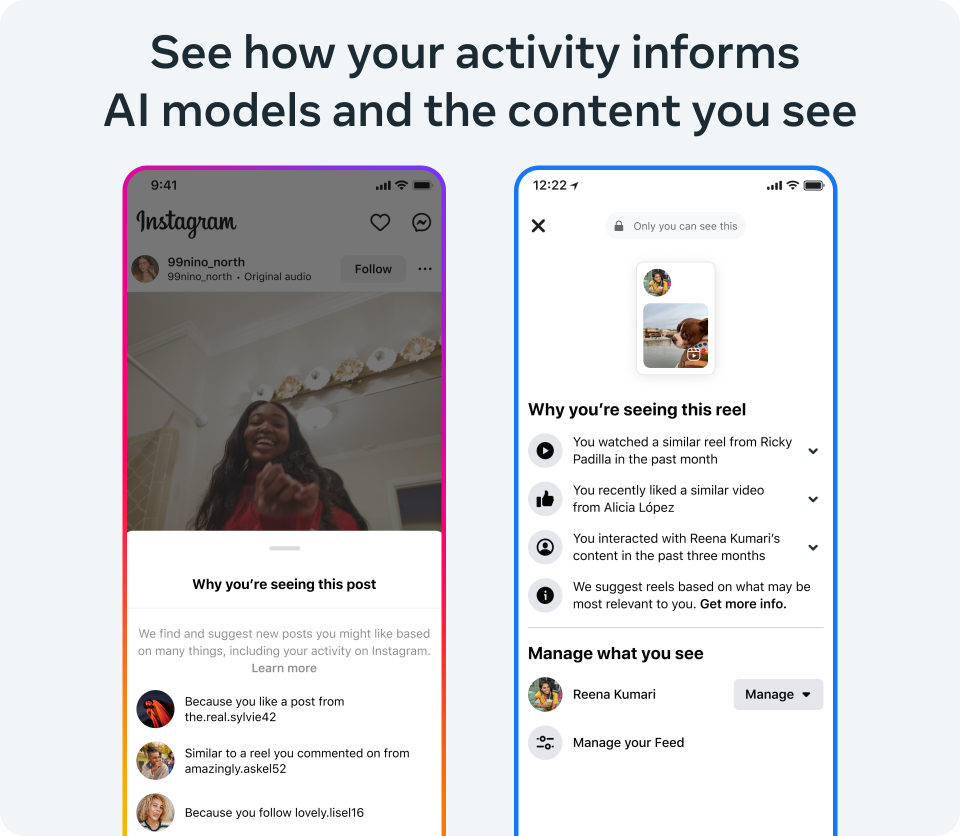
That’s it? – Not really. Signals are for all users of the app to have control over the posts they are being fed – to tell the AI that ‘I am interested in these kinds of posts’.
For the creators’ side, the AI models get to know the posts’ ‘content-worth’ by metrics like how fast people are liking it, number of shares it gets or even the author’s previous interactions with users, and more.
To explain everything related to how the AI models work in different categories within the app like feed, stories, explore and reels, Meta released 22 system cards for Facebook and Instagram. “They give information about how our AI systems rank content, some of the predictions each system makes to determine what content might be relevant to you, as well as the controls you can use to help customize your experience,” writes Clegg.
Tools for enhancing the App Experience
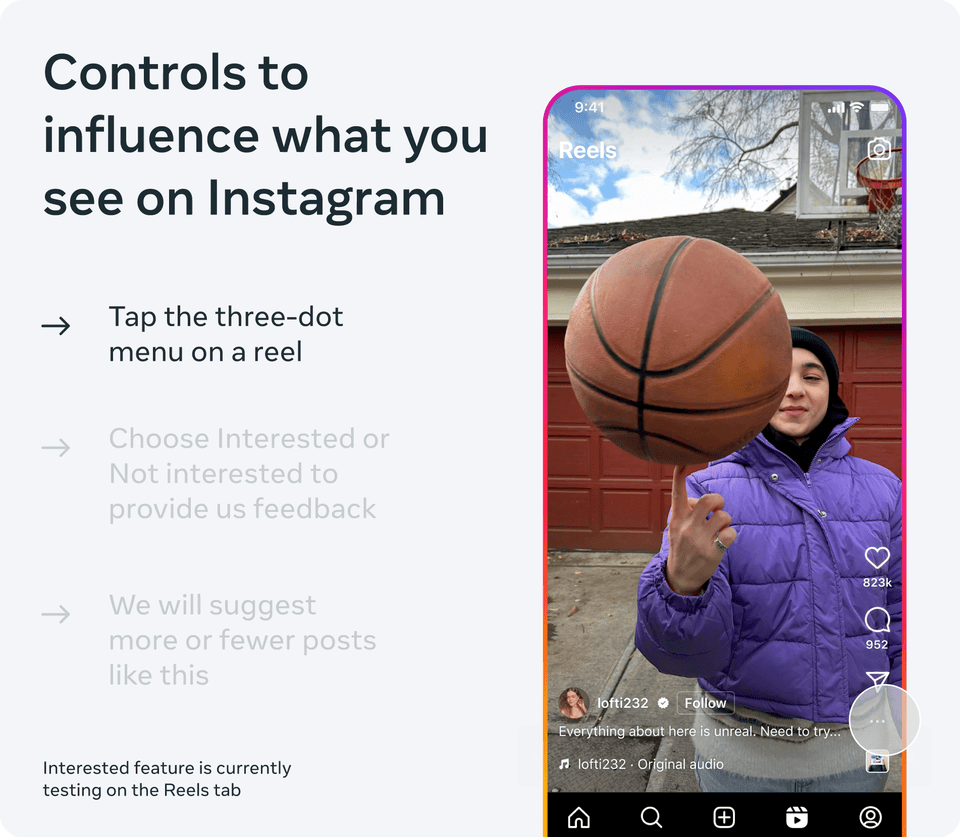
Clegg indeed wrote about tools that helps improving the user-experience with the app – tools to directly tell the AI, content you like and dislike. This includes “not interested” that’s visible in posts in explore or “Why you’re seeing this?” for every post in the feed and explore.
Instagram is now testing a new feature that allows you to indicate that you’re “Interested” in a recommended reel in the Reels tab, so the app can show you more of what you like. On Facebook, “Show more, Show less” features lets the AI know what you like and not.
You can also customize the Suggested Posts, by heading on to your settings and “Suggested Content” option in it, on Instagram and in your “Feed Preferences” on Facebook.
There’s also a new kind of experience within the app – when you don’t want an algorithmically-ranked Feed, but just a feed with most recent posts – chronological feed. On Instagram, you can do that by tapping the Instagram and choosing “Following”. On Facebook, you can use the Feeds tab. Adding to that, “Favorites” below “Following”, will show you posts of only your close friends (favorite accounts).
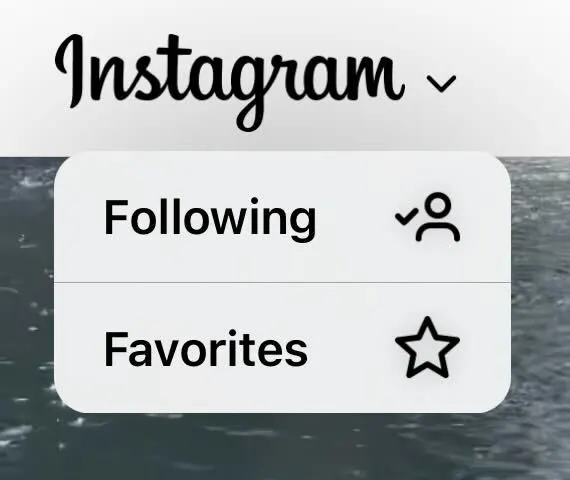
For Researchers
Meta also works on Content Library and API that includes data from public posts, pages, groups and events on Facebook and public posts, data from creator and business accounts on Instagram. Data from the Library can be searched, explored, and filtered on a graphical user interface or through a programmatic API.
“Researchers from qualified academic and research institutions pursuing scientific or public interest research topics will be able to apply for access to these tools through partners.
These tools will provide the most comprehensive access to publicly-available content across Facebook and Instagram of any research tool we have built to date and also help us meet new data-sharing and transparency compliance obligations,” Clegg added.
Meta’s openness to explain how its AI models work might shape the app better for its users, besides helping the firm to collect, manage and use the real public data available.
(For more such interesting informational, technology and innovation stuffs, keep reading The Inner Detail).
Kindly add ‘The Inner Detail’ to your Google News Feed by following us!
